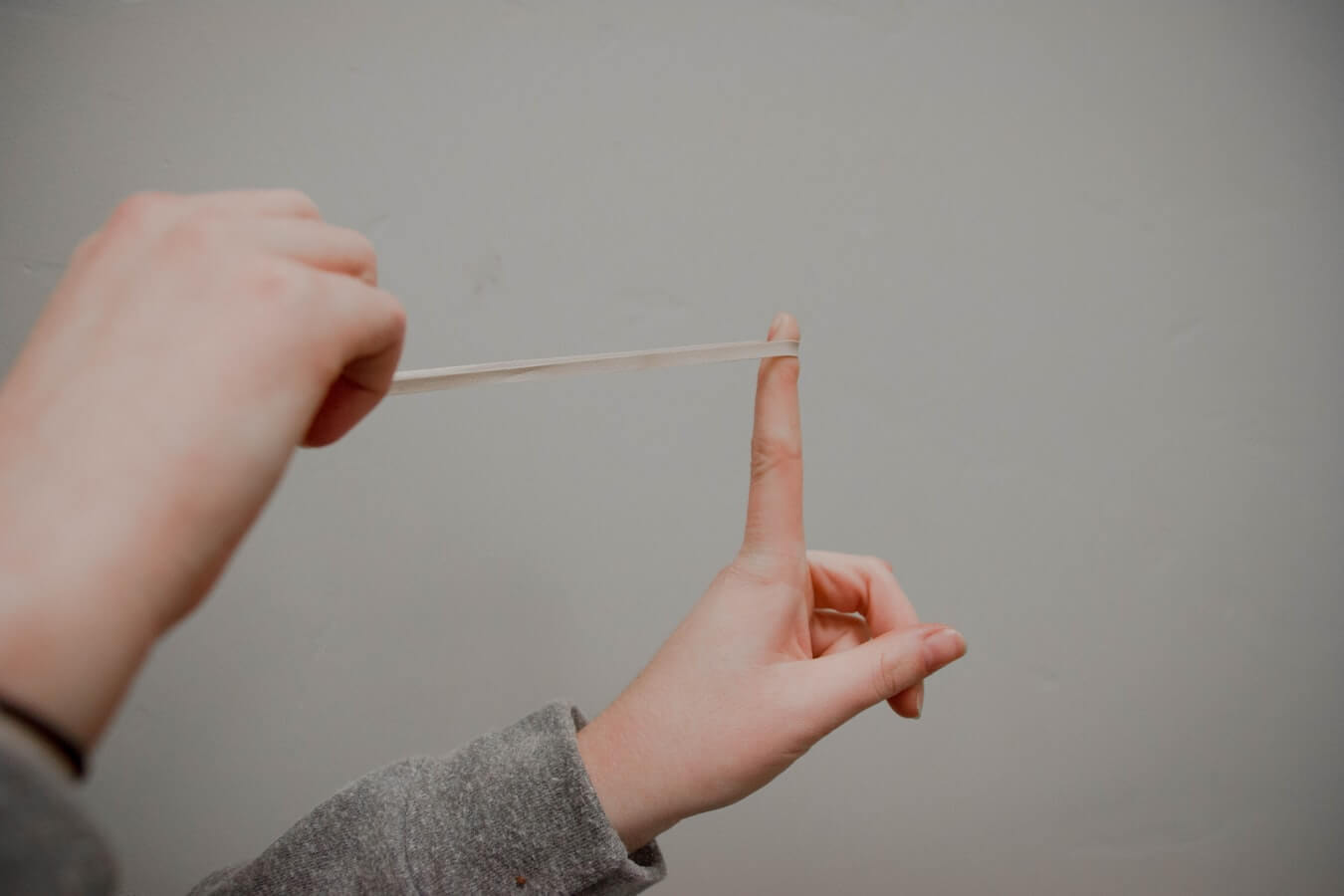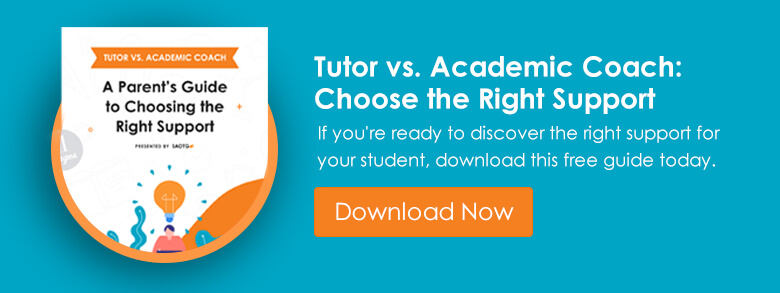Students spend anywhere from 15,000 hours or more in the classroom by the time they graduate high school. Adolescents are fueled by understanding the social structures around them and capitalizing on peer support, which many teachers add into their learning curriculums. The absence of meeting friends after school, teachers directly pouring into them, unifying sports, lunchroom conversations, and the schedules that have directed their life is a significant loss. While we all are experiencing a collective loss, we can teach students to honor their own losses – from ring ceremonies to dances – and build a toolkit of responses in the process. Resilience is a skill, just like any other, that allows one to adapt in the face of hardship. Whether this is in a learning environment when a problem seems difficult or it is in the face of a country-wide experience, small actions and shifts can build resiliency.
Stress in a Bag
According to the Harvard School of Public Health, we can try helping ourselves and others consider stress as a bag filled with different rocks. We all hold our bag differently – someone may hold it in their hands, wear it on their back, sometimes someone may drag the bag – but our bag affects us all as we go about our day. Our bag is easier to carry when we have taken care of ourselves first by trying to get the recommended hours of sleep, eating nutritious foods, moving our bodies, and having some sort of “anchors” in our day by establishing routines. While there is always room for improvement when it comes to taking care of ourselves, it is important to know that some days the minimum effective dose is just fine.
Parents can encourage students to open their “stress bag” and consider all of the different rocks inside. Some are large and some are smaller, but they should all be named and if possible, a feeling should be attached to each rock. By doing this, we are turning our “thinking brain” on by using executive functioning skills and we are promoting cognitive flexibility. Once students have named the rock, they can tackle it. When we name feelings, we are better able to move through and past the emotion. Each rock will fall into one of two categories: things you can change and things you cannot change. Everyone will respond to their rocks differently. Some individuals will lean toward a more internal locus of control, while others may be more externally focused.
Now, encourage students to take steps to manage their rocks. With rocks that you have some control over, create a problem-focused strategy that includes practical steps to reduce the stressful situation. Many problem-focused strategies involve time management or social support for the situation, and they work best for things that we have some control over, like exams. For example, one of my students expressed that her online assignments were challenging. She thought of a few solutions to help her feel less overwhelmed.
- Start the most difficult part of the assignment at 10:00 AM, when she was fully alert and well-fed.
- Use the clock in the kitchen to work for 20 minutes at a time until the task was finished.
- Set up small goals throughout the week to complete the larger assignments, so that she was not rushing at the last minute to finish.
When we look at the rocks that are outside of our control, look for emotion-focused strategies to reduce stress. Strategies that are emotion-focused do not make the problem go away, but they can help us regulate our emotions and feel better. Things like mindfulness, a favorite toy, nature walks, cognitive reappraisal, taking a bath, creating something, drawing, and deep breathing can help us calm ourselves. Help your student come up with a list of as many soothing activities as possible. This way, they will have an arsenal of tools to turn to in stressful situations. Since all challenges are different and all people are different, it is nice to have multiple avenues of stress reduction.
Positive Portfolio
During my undergraduate studies, my professor introduced the idea of a positive portfolio to pull out when the days seemed long and difficult. The idea is relatively simple: collect things that bring you joy and make you feel connected. At the end of the semester, we were encouraged to draft encouraging letters to our classmates to begin their portfolio. You can encourage your students to find a note from a teacher with a wonderful review, put pictures of their favorite memories together, find song lyrics or poems they enjoy, or look for an essay that made them proud. The most powerful additions to the portfolio are encouraging words that were written about you, so feel free to ask friends and family to join in on the encouragement! If your child is missing their classmates or feeling discouraged about school, they can refer to their portfolio for a positive experience. Positive portfolios can be empowering in challenging moments.
The strategies mentioned above impact the physiology of the body by activating the parasympathetic nervous system, which tells the body to slow down and process. There is an interesting phenomenon called state-dependent learning that tells us humans can recall information more successfully when they are in the same state as they were when they learned the information. When students learn tools to manage stress and regulate their emotions, they excel in a learning setting. They are more focused, driven to complete challenging assignments, able to set goals and become more adaptable in group settings. By fostering wellness activities, all areas of life are impacted. We can help them by giving specific and positive feedback regularly, by exposing them to healthy coping tools, and by placing people “on their team” that will encourage and help them.







